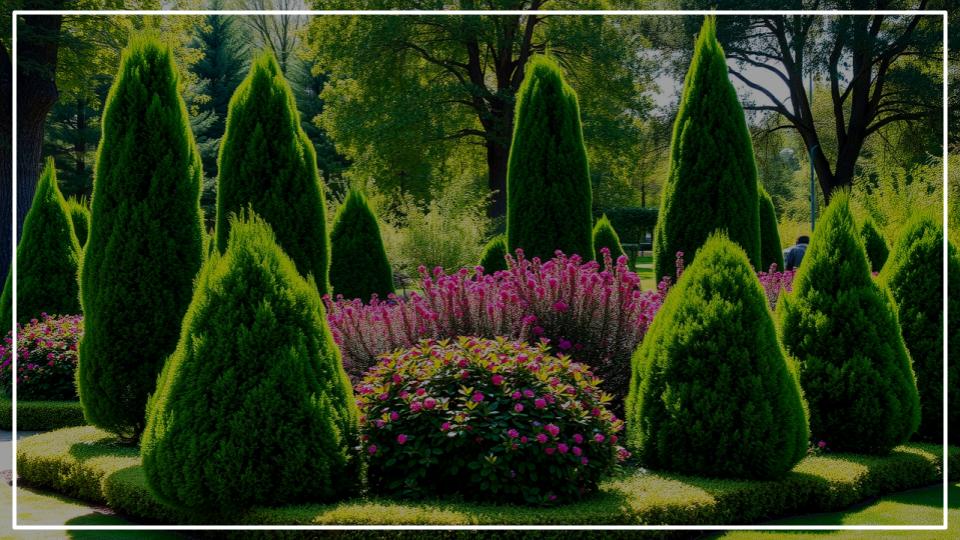
The allure of an evergreen tree is undeniable. It promises steadfast color in the bleakness of winter, a handsome structure year-round, and, for many, a fast-growing privacy screen. But in the rush to create a lush landscape, it’s all too easy to choose a tree that will become a source of frustration rather than joy. As a horticulturist, I’ve seen firsthand how a single poor choice can lead to a decade of unexpected costs, back-breaking maintenance, and heartache. That’s why understanding which evergreen trees to avoid is just as crucial as knowing which ones to plant.
This isn’t about shaming beautiful trees; it’s about smart gardening. It’s about ensuring the tree you plant today becomes a cherished part of your landscape for generations, not a looming problem you wish you could undo. Let’s walk through the trees that experts often flag, and more importantly, explore the beautiful, better-behaved alternatives that will truly make your garden shine.
Quick Tips: The Evergreen Gardener’s Mantra
Keep these core principles in mind before you plant any evergreen:
- Mind the Gap: Always choose a tree based on its mature size, not the appealing size it is in the nursery pot. Give it ample space to grow.
- Know Your Zone: Select trees that are well-suited to your specific climate and soil conditions to prevent stress and disease.
- Read the Resistance: Prioritize species and cultivars known for their resistance to common regional pests and diseases.
- “Right Plant, Right Place”: This is the golden rule of gardening. A tree that’s a problem in a small suburban yard might be perfect for a sprawling country estate.
Leyland Cypress (× Cupressocyparis leylandii)
The Leyland Cypress is the poster child for plants that seem like a brilliant idea at first. Nurseries sell them by the truckload, promising a privacy screen in record time. And they deliver on that promise—far too well.
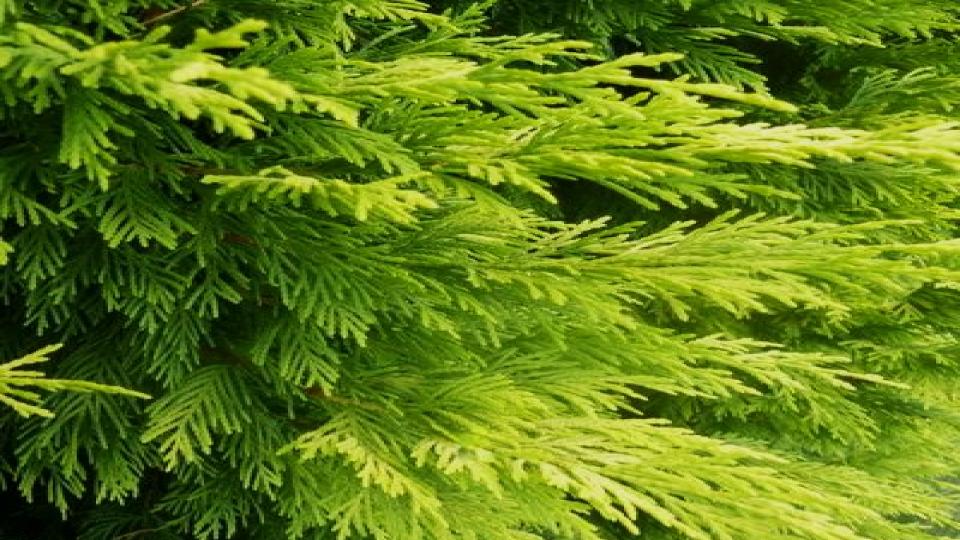
Why It’s Problematic These trees are vigorous hybrids that can grow an astonishing three to four feet per year, quickly soaring to 60 or 70 feet tall. In my experience consulting with homeowners, the most common regret I hear is about a “living fence” of Leylands planted just five feet apart. Within years, they become a dense, light-blocking wall that is highly susceptible to canker and root rot, especially when stressed by drought or poor air circulation. Once a few in the row die, you’re left with a gappy, brown, and unsightly mess that’s difficult to remedy.
A Wiser Alternative: Thuja ‘Green Giant’ (Arborvitae) If you need a large, fast-growing screen, ‘Green Giant’ Arborvitae is a far superior choice. While still large, it has a more naturally tidy pyramidal shape, better disease resistance, and is less prone to browning out. For smaller spaces, consider the graceful American Pillar Arborvitae (Thuja occidentalis ‘American Pillar’), which offers a lush, vertical accent without the massive footprint.
Colorado Blue Spruce (Picea pungens)
That silvery-blue foliage is iconic, evoking a crisp, Rocky Mountain majesty. It’s a stunning specimen tree, but only when it’s happy. Unfortunately, it’s rarely happy outside of its native cool, dry climate.
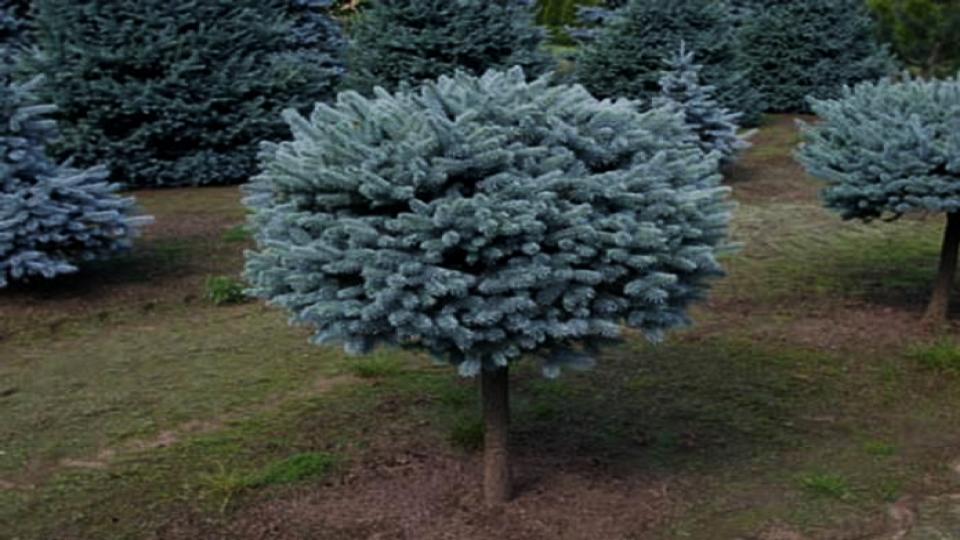
Why It’s Problematic When planted in the heat and humidity prevalent in much of the Midwest, East, and South, the Colorado Blue Spruce becomes highly vulnerable to fungal diseases. According to horticultural experts at The Morton Arboretum, diseases like Rhizosphaera needle cast and Cytospora canker cause the lower branches to shed their needles and die, slowly turning the magnificent pyramid into a bare-bottomed eyesore.
A Wiser Alternative: Arizona Cypress (Cupressus arizonica) or Blue Atlas Cedar (Cedrus atlantica ‘Glauca’) For that striking blue color in warmer, humid climates, the ‘Blue Ice’ or ‘Carolina Sapphire’ varieties of Arizona Cypress are fantastic, heat-tolerant choices. If you have the space, the majestic Blue Atlas Cedar offers a similarly stunning color with a more graceful, open habit and better disease resistance in most regions.
Eastern White Pine (Pinus strobus)
The Eastern White Pine is a beautiful, soft-needled native tree that plays a vital role in its forest ecosystem. In the average suburban yard, however, it can be one of the worst trees for yards due to its sheer scale and fragility.
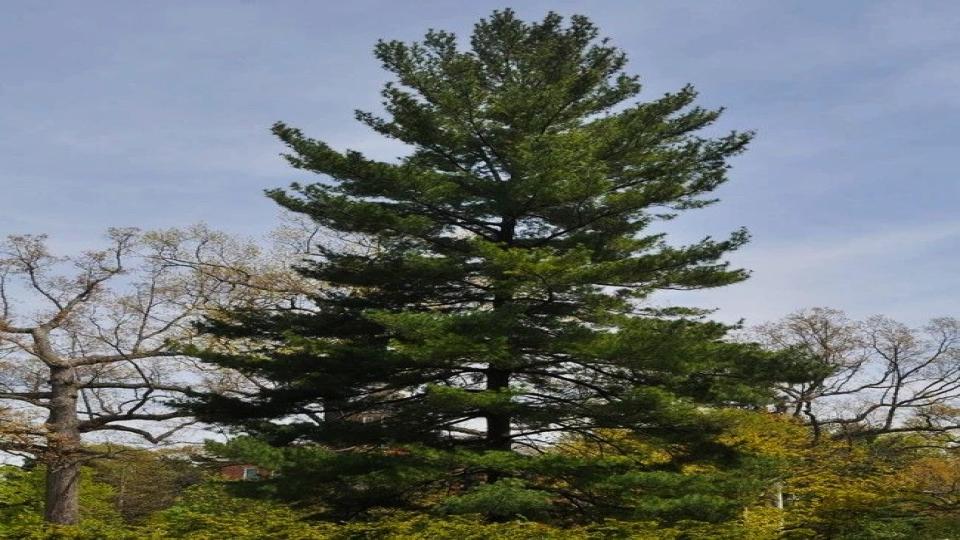
Why It’s Problematic This is a tree that wants to be 100 feet tall and 40 feet wide. Its branches are notoriously brittle and prone to snapping under the weight of ice, snow, or even moderately high winds, posing a risk to homes and property. It’s also a messy giant, constantly dropping a thick carpet of needles and sticky, sap-laden cones that make mowing and gardening underneath a chore.
A Wiser Alternative: Japanese White Pine (Pinus parviflora) or Limber Pine (Pinus flexilis) For a softer-textured pine without the colossal size and mess, the Japanese White Pine offers beautiful form and interesting cones in a much smaller package. Many cultivars, like ‘Arnold Arboretum Dwarf‘, are available. Alternatively, the native Limber Pine is a tough, adaptable, and attractive tree that is much better suited to the scale of a home landscape.
Austrian Pine (Pinus nigra)
For decades, the Austrian Pine was a go-to choice for a tough, dense evergreen. It seemed adaptable and grew well in urban conditions. Time, however, has revealed its tragic flaw.
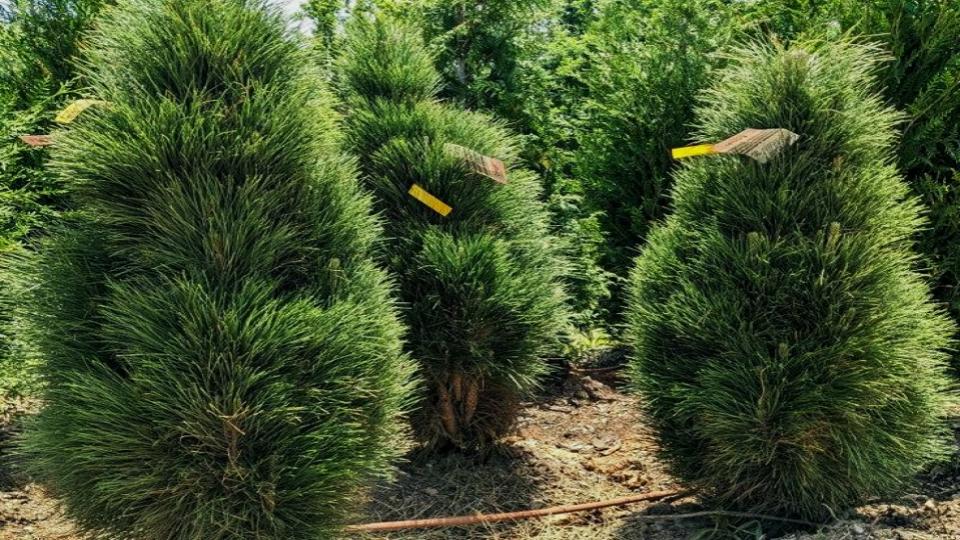
Why It’s Problematic This European native is extremely susceptible to several fungal blights, most notably Diplodia (Sphaeropsis) tip blight and Dothistroma needle blight. As described by plant pathologists at Iowa State University Extension, these diseases kill the new growth, causing the tips of branches to turn brown and die back. Over time, the tree becomes riddled with dead branches and loses its aesthetic appeal, eventually succumbing to the infection. Planting this tree, especially in a humid climate, is often a losing battle.
A Wiser Alternative: Swiss Stone Pine (Pinus cembra) A wonderfully resilient and attractive alternative, the Swiss Stone Pine is a slow-growing, dense, and dark green tree with excellent disease resistance. It develops a beautiful, compact pyramid shape and is exceptionally hardy, making it a reliable and low-maintenance choice.
Norway Spruce (Picea abies)
Like the White Pine, the Norway Spruce is a magnificent forest tree that simply doesn’t belong in most residential settings. Its fast growth and enormous mature size are a recipe for trouble.
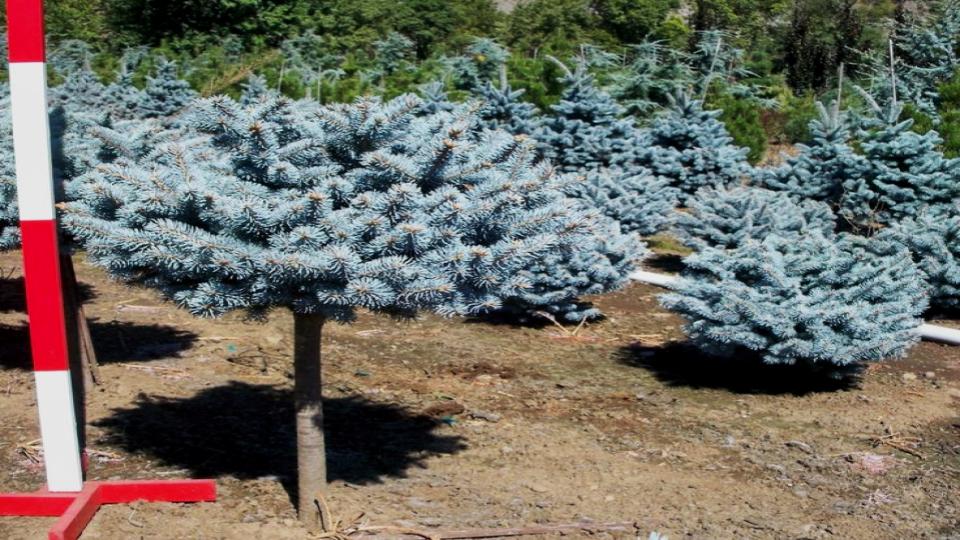
Why It’s Problematic This tree can easily reach 80 feet tall or more, with a massive trunk and a sprawling, shallow root system that can crack sidewalks, driveways, and even threaten foundations. Its dense canopy creates such deep shade that growing anything beneath it is nearly impossible. While its weeping varieties can be stunning, the standard species tree is just too much tree for most people.
A Wiser Alternative: Serbian Spruce (Picea omorika) I always recommend the Serbian Spruce to clients who want the grace of a spruce in a more manageable form. It has a uniquely slender, graceful silhouette with two-toned needles—dark green on top and silvery-blue beneath—that shimmer in the breeze. It’s more tolerant of various soil conditions and its narrower profile makes it a much more elegant and practical fit for home landscapes.
Eastern Red Cedar (Juniperus virginiana)
A tough-as-nails native, what could possibly be wrong with the Eastern Red Cedar? The problem isn’t with the tree itself, but with what it hosts.
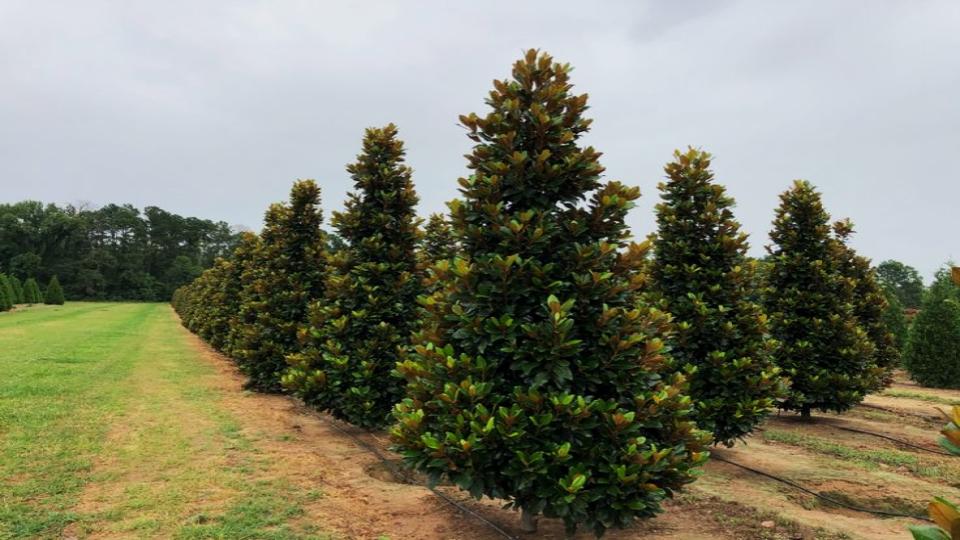
Why It’s Problematic This tree is a primary host for cedar-apple rust, a fascinating and frustrating disease that requires two different plants to complete its life cycle. The fungus creates bizarre, orange, gelatinous galls on the cedar in the spring, which then release spores that travel to infect apple and crabapple trees, causing spots on their leaves and fruit. If you or your neighbors grow apples, or if you cherish the spring blossoms of a crabapple, planting an Eastern Red Cedar is a profoundly un-neighborly act, making it one of the most problematic evergreen trees in certain contexts.
A Wiser Alternative: Western Arborvitae (Thuja plicata) or Eastern Arborvitae (Thuja occidentalis) If you want a tough, native, vertical evergreen, look no further than our native arborvitaes. They are not hosts for cedar-apple rust and provide excellent screening and wildlife value without threatening nearby fruit trees. Cultivars like Thuja plicata ‘Green Giant’ or Thuja occidentalis ‘Nigra’ are excellent choices.
English Holly (Ilex aquifolium)
With its glossy, spiny leaves and cheerful red berries, English Holly is a holiday classic. But when planted in the wild, it becomes a serious ecological threat in some regions.
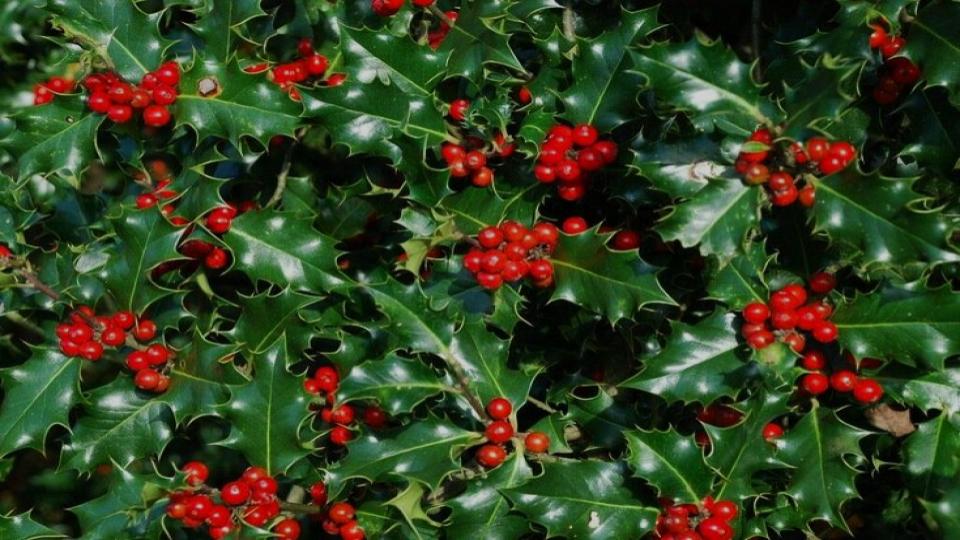
Why It’s Problematic In the mild, damp climates of the Pacific Northwest and parts of the Mid-Atlantic, English Holly has escaped cultivation and become a significant invasive evergreen species. It forms dense thickets in native forests, shading out native groundcovers and seedlings. Birds spread its seeds far and wide, making it difficult to control. Before planting, always check your local invasive species list; resources like the Washington State Noxious Weed Control Board provide critical regional information.
A Wiser Alternative: American Holly (Ilex opaca) Choose the beautiful native American Holly instead! It offers the same classic look with beautiful berries on female plants (you’ll need a male pollinator nearby) but is a valuable part of the native ecosystem, providing food and shelter for wildlife without the invasive tendencies. Cultivars like ‘Satyr Hill’ are known for their beautiful form and berry production.
Italian Cypress (Cupressus sempervirens)
Nothing evokes the rolling hills of Tuscany quite like the dramatic, pencil-thin silhouette of an Italian Cypress. It’s pure architectural elegance, but it’s a beauty that often comes with high maintenance and heartbreak.
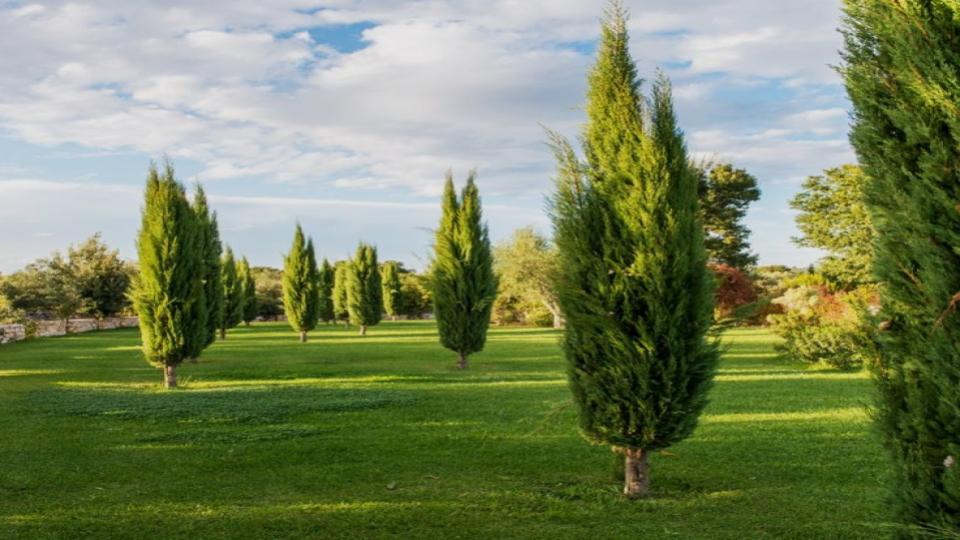
Why It’s Problematic This Mediterranean native is a magnet for spider mites, which can quickly turn the lush green foliage into a dusty, discolored mess. Worse, it’s highly prone to canker diseases, which cause random branches to turn brown and die, creating gaps that permanently ruin its iconic columnar shape. I’ve found that keeping one of these looking pristine in a garden requires constant vigilance and often, chemical intervention.
A Wiser Alternative: ‘Taylor’ Juniper (Juniperus virginiana ‘Taylor’) For a tough, native alternative that provides the same narrow, upright form, the ‘Taylor’ Juniper is an outstanding performer. It has attractive blue-green foliage, excellent drought and disease resistance, and maintains its tight, columnar habit without pruning, making it a much more reliable choice for a formal vertical accent.
‘Emerald Green’ Arborvitae (Thuja occidentalis ‘Smaragd’)
This might be a controversial pick, as ‘Emerald Green’ is one of the most popular hedging plants in America. It’s beloved for its compact size and bright green color. However, its widespread use reveals several common failures.
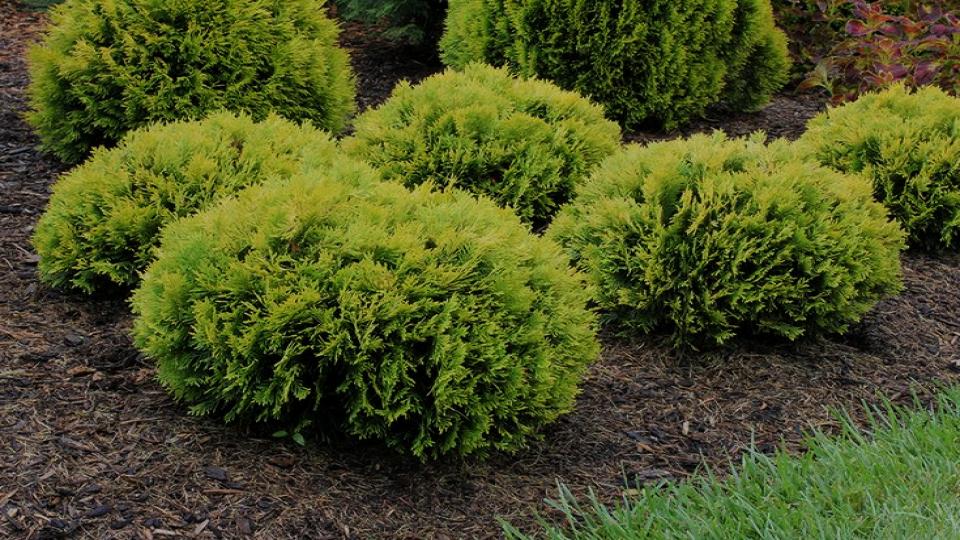
Why It’s Problematic First, it is absolute candy for deer. In areas with even moderate deer pressure, these trees will be stripped bare up to six feet high. Second, while sold as a dense screen, its multi-stemmed structure is a major weakness. Heavy snow or ice can splay the stems apart, causing permanent damage and splitting. Finally, they are often planted too closely together, leading to bagworm infestations and fungal issues from poor air circulation.
A Wiser Alternative: ‘North Pole’ Arborvitae (Thuja occidentalis ‘North Pole’) A fantastic and more durable cultivar, ‘North Pole’ was developed for its resistance to winter burn and its strong central leader, which helps it withstand snow load without splitting. It maintains a lovely columnar shape and is a much more resilient choice for a formal hedge or accent, proving that even a small change in cultivar can make a world of difference.
Creating a Lasting Legacy
Choosing an evergreen tree is a long-term commitment—a legacy that can, and should, outlive us. The initial thrill of a fast-growing, “perfect” tree can quickly fade when faced with the reality of disease, storm damage, and relentless upkeep. By learning from the common mistakes associated with these nine evergreens, you are empowered to make a more thoughtful, informed decision.
Take your time, do your research, and fall in love with a tree that will not only look beautiful on the day you plant it but will grow into a healthy, magnificent, and trouble-free specimen for many years to come. That is the true secret to creating a garden that is both beautiful and a joy to live in.
Read More
These 7 Gladiolus Growing Hacks Will Make Your Neighbors Jealous
